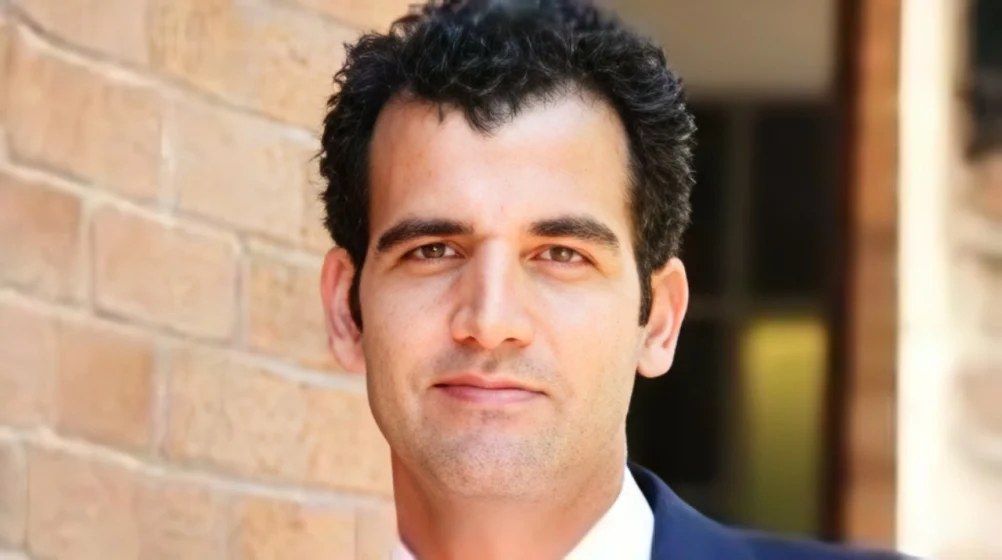
Hadi Shafiee: Up to 17% of IVF AI Models Rank Poor-Quality Embryos First
Hadi Shafiee, Associate Professor at Harvard Medical School, shared a post on LinkedIn:
“AI for IVF shouldn’t just be accurate; it must be consistent.
In our new study with Cornell and MGB, we show that widely used single-instance AI models for embryo selection can be unstable: models with similar AUCs often produce very different embryo rankings, with ~15% critical errors where poor-quality embryos are ranked first even when a viable blastocyst is available. This instability worsens across clinics (distribution shift).
What we found
• Performance metrics ≠ reliability: Similar AUC (~0.60) masked large differences in decisions/features used.
• Low agreement in rankings: Kendall’s W ≈ 0.35 across replicate models.
• Critical errors: 12.4% at MGH and 17.3% at Cornell; higher variance off-site.
• Across-site sensitivity: Error variance jumped markedly when tested on a different center’s data.
Why it matters
Embryo rank ordering is the clinical task. If rank stability isn’t tested, two ‘equally accurate’ models can recommend different embryos for transfer. We argue IVF AI should be validated for consistency and robustness/fairness across sites; not just headline AUC.
Here is the link to the paper.
Huge thanks to Dr. Charles Bormann, Dr. Nikica Zaninovic (Weill Cornell Medicine) for their clinical insight and collaboration on this work as well other AI scientists from our group: Prudhvi Thirumalaraju, Manoj Kumar Kanakasabapathy, Hemanth Kandula, Tinendra Kandula, Aditya Vardhan Reddy Katkuri, Cameron Cipriano, Jonas Malmsten.”
Serdj Sergeev, Embryology Laboratory Director at GGRC, shared Hadi Shafiee’s post, adding:
“New study about AI approaches that are routinely used for embryo selection makes important insights about the real situation in IVF embryo selection fully reliable on them.”
Title: Stability and reliability of artificial intelligence models in embryo selection for in vitro fertilization
Authors: Prudhvi Thirumalaraju, Manoj Kumar Kanakasabapathy, Hemanth Kandula, Tinendra Kandula, Aditya Vardhan Reddy Katkuri, Cameron Cipriano, Jonas E. Malmsten, Nikica Zaninovic, Charles L. Bormann, Hadi Shafiee

-
Oct 11, 2025, 06:44The Global IVF Market Is Set to Reach $65B by 2032 – Meddilink
-
Nov 6, 2025, 00:03Fertility and Sterility: Special Issue Explores Human Embryo Testing and Phased Validation
-
Nov 5, 2025, 23:51William Wallace: How Your Gut Microbes Help Set Your Body’s Internal Clock
-
Nov 5, 2025, 13:34Nibhash Kumar: When Embryos Stop Growing and the Hidden Reasons Behind Early Developmental Arrest
-
Nov 5, 2025, 13:29Ahsan Saeed: DNA From Three Parents Just Stopped a Life-Threatening Disorder Before Birth!
-
Nov 5, 2025, 13:24New Weighted Classification Criteria Refine Antiphospholipid Syndrome Research – Hæmatologi DK
-
Nov 4, 2025, 15:34Optimal Endometrial Thickness Up to 12 mm Boosts Live Birth Rates in IVF – Fertility Plus
-
Nov 4, 2025, 15:20hCG and GnRH Analogue Trigger Show Similar Outcomes in IVF Cycles – Fertility Plus
-
Nov 4, 2025, 15:08Nyakaishiki Mercy: Pregnant Women Shouldn’t Get Leave From Work
-
Nov 4, 2025, 14:55Fewer Preeclampsia Cases Reported With Closed-Loop Insulin Use in Type 1 Diabetic Pregnancies – Medical Xpress
